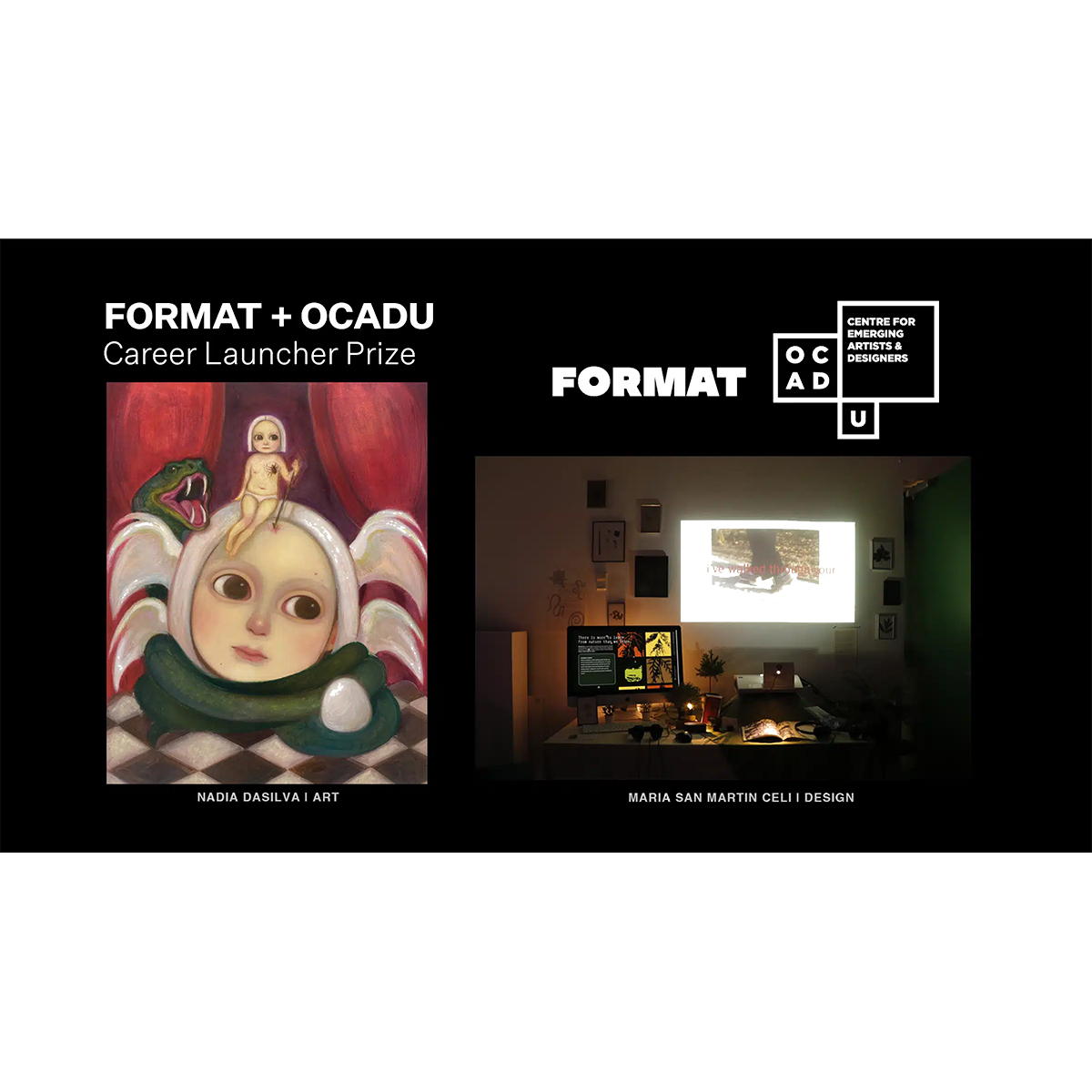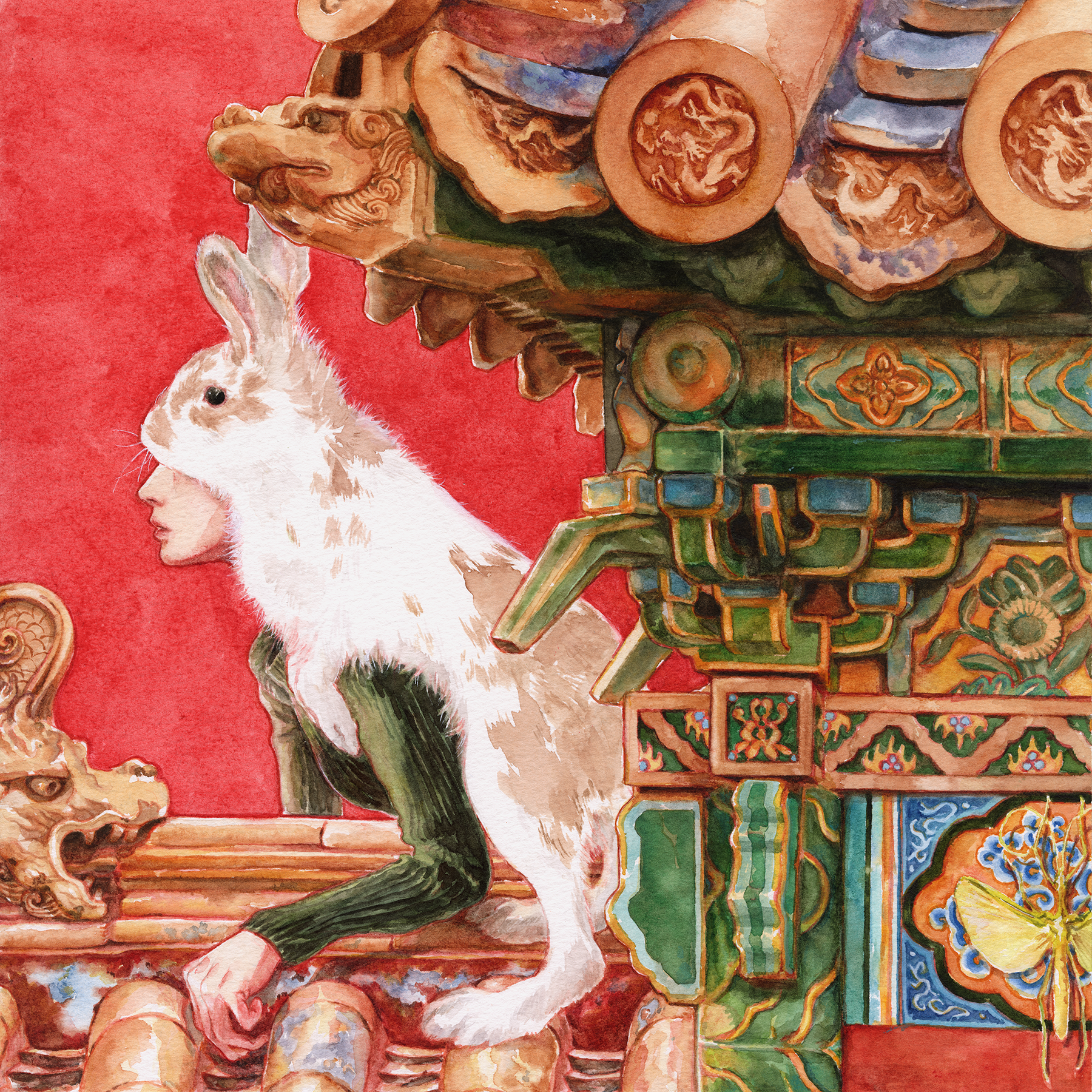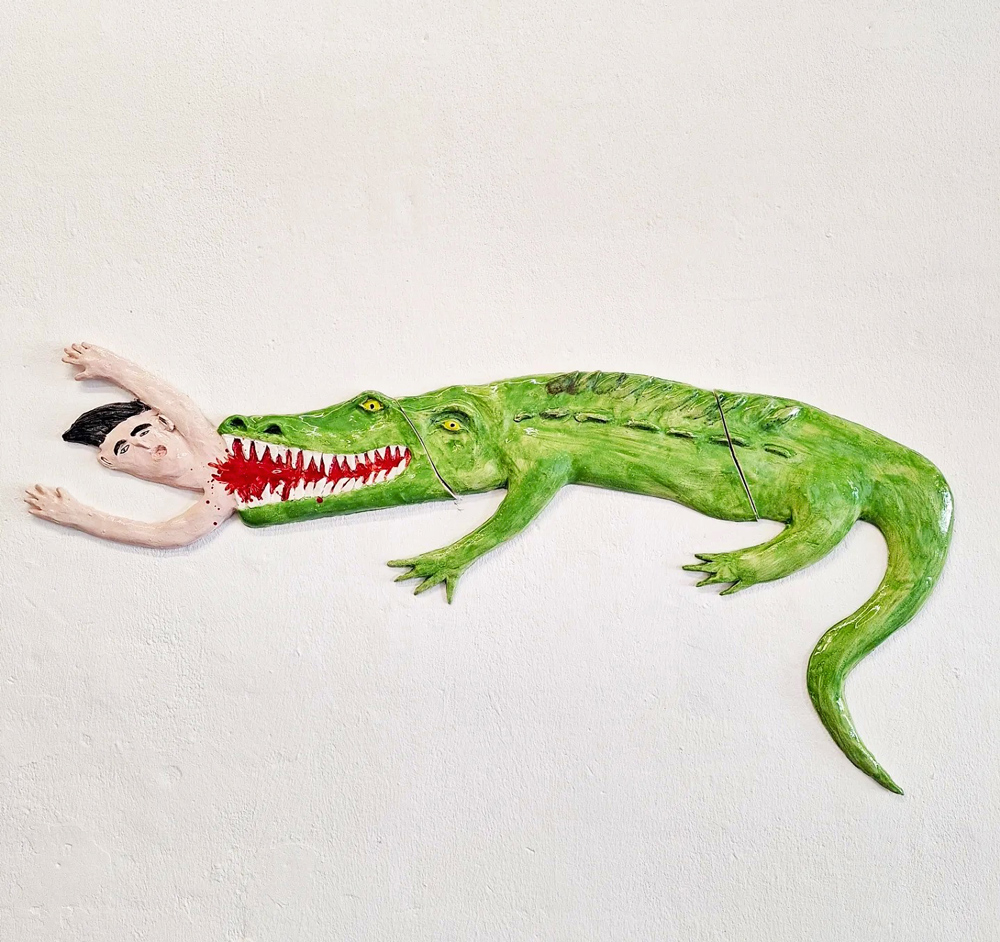Desde su debut en 1998, la Bienal de Berlín ha contemplado, y participado, en los cambios y evoluciones del arte contemporáneo paralelos a los de la ciudad que la acoge. Aunque la disparidad cosmopolita entre el Berlín de hoy y el de ayer pueda parecer sorprendente, las motivaciones de la Bienal siguen siendo quizá más apropiadas que nunca. Impulsados por el tema "No necesitamos otro héroe", la comisaria sudafricana Gabi Ngcobo y su equipo (Nomaduma Rosa Masilela, Serubiri Moses, Thiago de Paula Souza e Yvette Mutumba) han seleccionado 46 grupos y artistas que, en su opinión, encarnan -y perpetúan- la idea de independencia en el arte contemporáneo.
La Bienal de Berlín de 2018 comenzó con la ayuda del Instituto KW de Arte Contemporáneo, la Akademie Der Künste, el Volksbühne Pavillon, HAU Hebbel Am Ufer y el Centro ZK/U de Arte y Urbanística. Aunque Masilela, colega de Ngcobo y co-comisario, ha declarado que el equipo "trabajó para mantenerse alejado de un tema general". Sin embargo, los comisarios de la Bienal se niegan a ofrecer una perspectiva concreta sobre la dirección temática o sobre la dirección de la colección en su conjunto.
"Sería bastante arrogante por nuestra parte pretender hablar en nombre de la sociedad", dice Masilela a Format Magazine. "Exigiría asumir una voz autoritaria que ha construido narrativas históricas tóxicas de forma bastante sistemática, y eso iría en contra de nuestro deseo de crear espacios de posibilidad". Hemos explorado las obras de arte expuestas actualmente en la Bienal y hemos reunido cinco obras imperdibles de artistas que están mostrando piezas increíbles en ese espacio de posibilidad. En Bienal de Berlín continúa hasta el final del verano, hasta el 9 de septiembre.

Belkis Ayón: La Consagración (1991) en la Akademie Der Künste
Un tríptico de monocopias en papel del fallecido artista cubano Belkis Ayón se encuentran entre las obras más impactantes de la Bienal de 2018. Oscuras e inquietantes imágenes de procedimientos de culto en la tierra natal de Ayón ocupan el centro del escenario, mientras la raza y el género se enfrentan para su consideración espiritual. En una de las obras más grandes de la AdK, los otros monoprints de la artista sólo sirven para preparar el escenario -o el público, ya que los rostros de sus otras obras miran a través de la galería hacia el tríptico a gran escala- y enmarcar las tres pinturas. Ofrece una sugerencia de que la presencia y existencia de tales cultos está lejos de extinguirse.

Heba Y. Amin: Operación Mar Hundido (La Sala Anticontrol) (2018) en el Centro de Arte y Urbanística ZK/U
Artista residente en Berlín Heba Y. Amin La sala anti-control forma parte de su proyecto más amplio Operación Mar Hundido, en la que revisa los planes de los líderes militares y políticos de principios del siglo XX para desecar el Mediterráneo. Al revisar estas teorías, ha recopilado una selección de bucles de discurso en televisores y fotografías en las que aparece la artista en una sala de control improvisada, como la que habrían utilizado los llamados "megalómanos" geopolíticos de la época. "La idea es que estoy sustituyendo [al arquitecto] como un intento de borrarlo de la historia", dice. Pero lo que sigue es otra cuestión: "¿Tienes que encarnar la infraestructura original para superarla? ¿O entonces, al hacerlo, refuerzas el mismo modelo problemático?". Aunque la obra de Y. Amin mira al pasado, las cuestiones que plantea son, sin embargo, de importancia contemporánea.

Sondra Perry: ESTÁ EN EL JUEGO '17 o Mordaza de Espejo para Vitrina y Proyección (2017) en Akademie Der Künste
En una de las obras más extrañas de la Bienal, el artista estadounidense Sondra Perry se enfrenta a la cuestión del beneficio público mediante un estudio de los jugadores de baloncesto universitario. Analizando la presencia de atletas aficionados en los videojuegos que se venden en Estados Unidos, Perry compara el beneficio público del resto del mundo mediante el uso de las redes sociales y la tecnología. Ya sea una documentación multimedia de un museo anticuado, o la promoción gratuita de marcas de ropa en Instagram, Perry revela la verdadera paradoja de vivir a través de una pantalla digital en este bucle de vídeo. ¿La conclusión? Cada vez es más difícil distinguir entre el vendedor y el cliente.

Mario Pfeifer: Otra vez (Noch einmal) (2018) en la Akademie Der Künste
Esta obra se basa en el polémico escándalo de un migrante que murió congelado en 2017 tras ser golpeado y atado a un árbol en el exterior de un supermercado alemán. Artista Mario Pfeifer hace que unos profesionales recreen la historia de principio a fin, incluido el juicio de los cuatro alemanes acusados de emplear fuerza excesiva con el inmigrante mentalmente inestable. El vídeo de 45 minutos de duración, titulado De nuevoes un ejercicio sobre la disparidad del pensamiento humano, y seguro que suscitará diversas opiniones. Aunque Alemania ya ha luchado antes por enfrentarse a su pasado, Pfeifer demuestra que la lucha aún no ha cesado.

Dineo Seshee Bopape: Sin título (De inestabilidad oculta) [Sentimientos] (2016-2018) en KW
Esta colección de obras de Dineo Seshee Bopape es sin duda la aportación más destacada de la Bienal. Ocupando el enorme espacio expositivo de la KW en Mitte, es una muestra de inquietud, una mezcla de desorden y descontento. Desde el color óxido de las obras y los materiales utilizados por Seshee Bopape y sus colaboradores -como cartón, agua, servilletas y ladrillos rotos- hasta el bucle de interpretaciones de Nina Simone cargadas de emoción, se trata de una obra de pura resistencia. Pasear por la obra es una experiencia de emoción humana, cargada de la dificultad de aceptar el mundo moderno.
Imágenes cortesía de las galerías. Imagen de cabecera: detalle de la obra de Belkis Ayón La Consagración en AdK.












